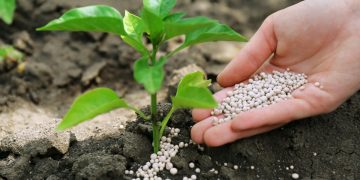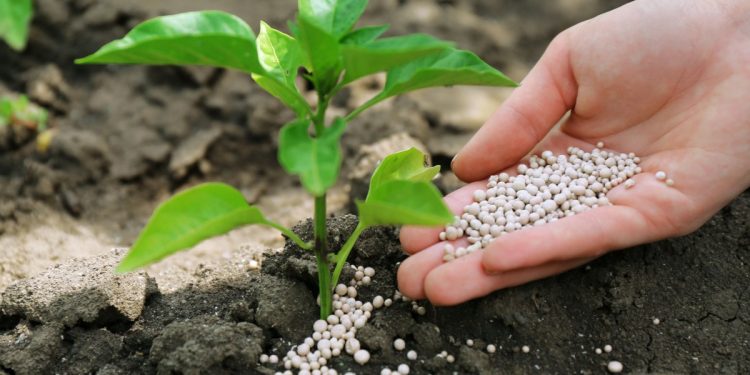The global fertilizer market is anticipated to grow steadily at a CAGR of 5.12%, to be valued at USD 268.44 Billion, according to a report by Bonafide Research. The report highlights that the demand for fertilizers is driven by the need to increase agricultural productivity to meet the food demands of a growing population, while also addressing the challenges posed by soil degradation and climate change.
The Asia-Pacific region dominates the fertilizer market and is expected to be valued at USD 120 Billion by 2027. Nitrogenous fertilizers remain the most commonly used fertilizer, due to their low cost and high yields. Vegetables & Fruits and Cereals & Grains account for almost 80% of the total fertilizers used, as they are critical to food security and nutrition for billions of people around the world.
Liquid fertilizers will be in high demand over the forecast period, due to ease of use, even spraying, and quick absorption rate. Liquid fertilizers are often used in hydroponic vertical farming systems because they can be easily delivered through a drip irrigation system or other hydroponic setups. However, the choice of liquid fertilizer in agriculture may depend on factors such as the type of crop being grown, the nutrient requirements of those crops, and the soil conditions in the growing area.
While fertilizers have many benefits in agriculture, there are some factors that restrict their growth, such as their adverse effects on the environment, including soil degradation, water pollution, and GHG emissions. The overuse of fertilizers can also result in adverse health effects. As a result, governments impose regulations on fertilizer use to mitigate these impacts. Additionally, fertilizers can be expensive, especially for small-scale farmers. While in some regions, fertilizers may not be readily available due to limited access to markets where fertilizers are sold.
In conclusion, fertilizers play a crucial role in increasing agricultural productivity to meet the food demands of a growing population. However, the use of fertilizers must be managed carefully to minimize their adverse impact on the environment, human health, and the cost of small-scale farmers. Advances in liquid fertilizers, precision agriculture, and other innovative farming techniques offer new opportunities to address these challenges and improve the efficiency of fertilizer use in agriculture.































